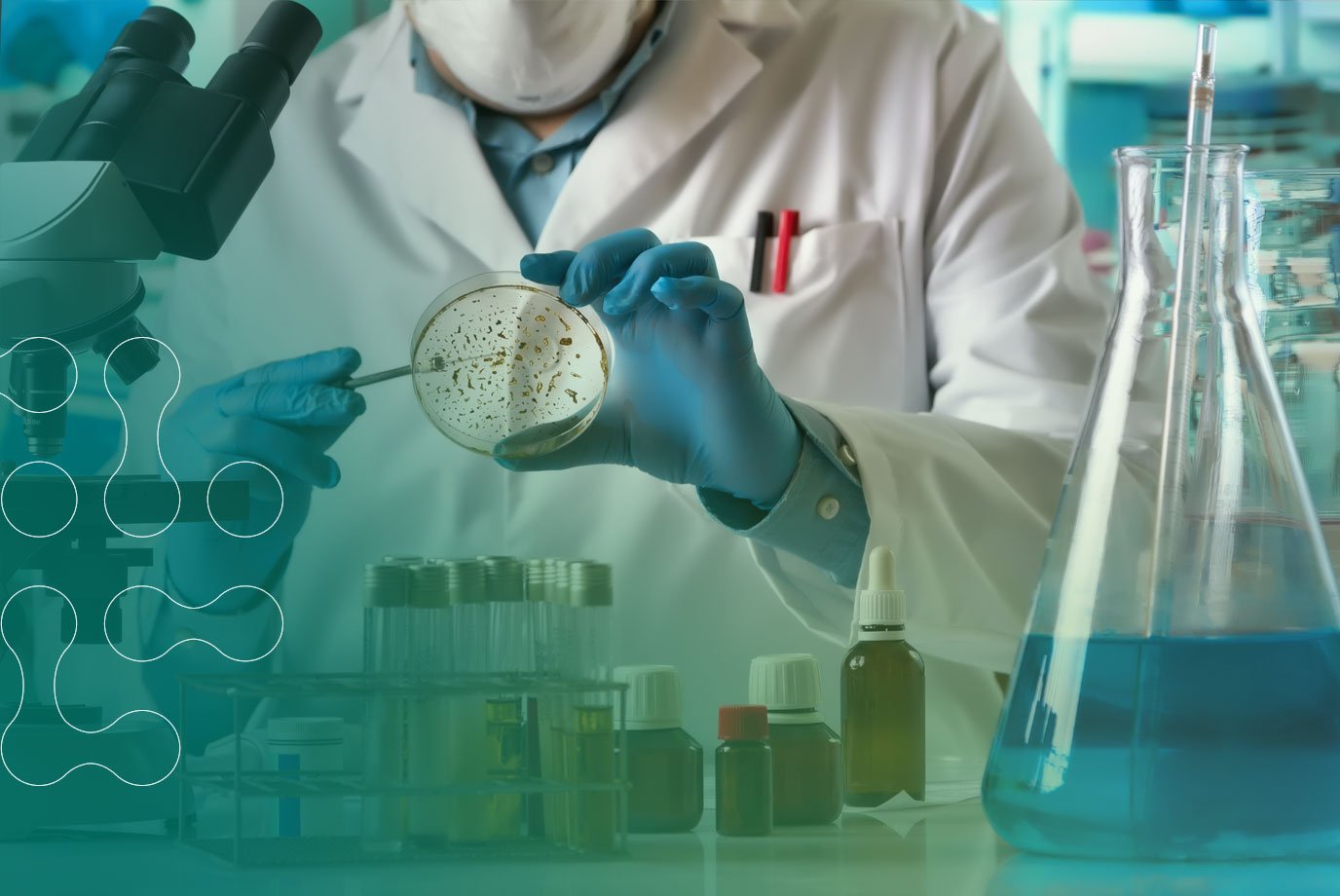Cleaning products making claims of residual cleaning, or ‘long-lasting protection’ is nothing new. Whether true or embellished, the offer of a product that can keep surfaces cleaner for longer is something we have all seen on adverts and promotions.
Clearly, it is an attractive prospect. But it is important to be cautious when making and believing such claims, as one UK manufacturer discovered.
However, certain products – particularly those powered by biotechnology – are able to keep surfaces cleaner for longer using innovative technology within cleaning products. The way in which this residual cleaning ability is generated is quite amazing, so read on to learn more.
What is Residual Cleaning and How Does it Work?
As discussed, the term ‘residual cleaning’ refers to the ability of cleaning products to have a longer-lasting effect. This is generally through something called a biofilm that allows the breakdown of organic matter over extended periods. Essentially, it provides ongoing protection, ensuring a cleaner environment.
For example, the microbes within our biological cleaning products live and grow by colonising areas and then forming a biofilm on the surface. Where there is a suitable food source, the bacteria will produce enzymes to break down organic matter into smaller, simpler compounds that they can use for energy and growth.
Whilst there is a food source, our microbes will continue to work and can double in number approximately every 20 minutes. Once the organic matter is completely degraded, they will revert to the spore form and remain dormant until reactivated by a new food source – at which point the process starts again.
This is the primary way in which nature ‘cleans’ itself, and it brings a series of benefits when combined into the right biotech product.

What are the Benefits of Residual Cleaning?
The benefits of a cleaning product having the ability to clean residually are wide ranging, and it may come as a surprise that the formation of a natural biofilm can impact so many areas…
Cleaning
The most obvious benefit, and something we have already touched upon, is the product’s ability to clean well and protect surfaces for longer periods of time. But this is just one of the in-use benefits that residual cleaning offers.
Another key gain provided during cleaning is odour control, which is a task that can often prove difficult and frustrating to manage. Whist microbes will break down whatever food source is present, it not only results in the degradation of organic matter, but of odour molecules too. This means that the biofilm will continue to work to eradicate the source of the odours rather than masking it.
An additional “in-use” cleaning benefit provided is time saving. Due to the microbes’ ability to continuously clean, it means fewer applications of the product are required, and so cleaning operatives can spend less actual time cleaning. It also makes cleaning less labour intensive for the user, allowing more time and effort to be spent on other jobs.
Environmental
There are a number of environmental incentives to use products that keep surfaces clean for longer:
- Extended Cleaning Intervals – So, we know that using products that provide longer lasting benefits, reduces the number of application intervals. This means using less product, and the knock-on effects for the environment are huge. Less product leads to less waste generation, and less resource consumption (such as water and energy used in manufacturing).
Additionally, the reduction in product use results in fewer deliveries which have a genuine effect on scope 3 emissions when products are delivered. Likewise, a reduction in usage also means a reduction in packaging, of which, most is plastic.
- Diminished Reliance on Damaging Alternatives – Generally speaking, products that have the ability to clean residually make use of biotechnology, because the key heroes that create the biofilms are the microbes. If more cleaning is carried out with sustainable alternatives, then there is a reduced reliance on more traditional, damaging products that can impact air quality and aquatic toxicity. Also, with many harmful active ingredients originating from the petrochemical industry, it can also result in a reduction in ingredients from this environmentally damaging source.
- User Environment – Long-term studies show how traditional chemical technologies damage the human respiratory system, increase the risk of cancers and cause long-term skin damage. Biotech-powered cleaning products that use nature to clean reduce the need for these dangerous chemicals and improve the quality of the direct environment in and after use.
- Reduced Aquatic Toxicity – Since residual cleaning products require fewer applications, there is a reduction in the level of cleaning solution being washed away during the process. This reduces the volume of cleaning product released into the water systems. Additionally, the product that is released is substantially less harmful to aquatic life than some traditional alternatives.
Financial
Products that continue to clean after the initial application provide a several opportunities for financial savings, some of these include:
- Fewer Applications – Because the product continues to clean, applications can be applied less regularly, meaning less product is needed overall. Ultimately resulting in less product being purchased. This also means cleaning operatives are able to spend less of their time on one task, creating further savings.
- Surface Degradation – Due to less intensive cleaning needed from operatives – and fewer applications – surfaces such as tables, desks or other affected materials are less likely to become worn down and need replacing. Likewise, with biotech products containing less harmful cleaning agents, surfaces also retain their aesthetics to a greater extent.
- Storage Space – Less product used means less storage space, meaning less often costly storage space is required
Thanks to the wonderful ability of microbes, enzymes and biofilms, surfaces have been sanitised and protected across healthcare, hospitality, schools, offices, transport and more. All whilst making substantial contributions towards sustainability. We encourage as many organisations as possible to make use of biotechnology and everything it can offer.




